Check out @CoolPeach he helped and made this plane really good AG-7= Drag Chute | VTOL= Flaps. The NASA Shaped Sonic Boom Demonstration, also known as the Shaped Sonic Boom Experiment, was a two-year program that used a Northrop F-5E with a modified fuselage to demonstrate that the aircraft's shock wave, and accompanying sonic boom, can be shaped, and thereby reduced. The program was a joint effort between NASA's Langley Research Center, Dryden Flight Resear rch Center at Edwards Air Force Base, California and Northrop Grumman.The program became, at that time (2003 according to Supersonic transport), the most extensive study on the sonic boom. After measuring the 1,300 recordings, some taken inside the shock wave by a chase plane, the SSBD demonstrated a reduction in boom by about one-third. Several of the flights included NASA Dryden's F-15B research testbed aircraft following to measure the F-5E's shock wave signature close-up. During the flights, many shock wave patterns were measured by the F-15B at various distances and orientations from the F-5E.An unmodified F-5E flew a few seconds behind the demonstration aircraft to provide a baseline sonic boom measurement to validate the reduced boom produced by the demonstrator.A U.S. Air Force Test Pilot School Blanik L-23 glider carrying a microphone on the left wingtip, and a pressure transducer on the side of the fuselage, flew at a lower altitude of 10,000 feet under the path of the F-5E, which flew at 32,000 feet, to record sonic booms in the air. In addition, sonic boom data were gathered on the ground by an array of 42 sensors and recording devices along 2.5 miles under the flight path of the F-5E. Dryden-developed Boom Amplitude and Direction Sensors recorded ground-level sonic boom signature data
Specifications
Spotlights
- SpartanAirplanes 8.4 years ago
- CoolPeach 8.4 years ago
- dabestsock 18 days ago
General Characteristics
- Created On iOS
- Wingspan 30.3ft (9.3m)
- Length 52.3ft (15.9m)
- Height 14.7ft (4.5m)
- Empty Weight 12,808lbs (5,810kg)
- Loaded Weight 16,762lbs (7,603kg)
Performance
- Power/Weight Ratio 0.402
- Wing Loading 88.5lbs/ft2 (432.2kg/m2)
- Wing Area 189.4ft2 (17.6m2)
- Drag Points 6974
Parts
- Number of Parts 221
- Control Surfaces 7
- Performance Cost 801


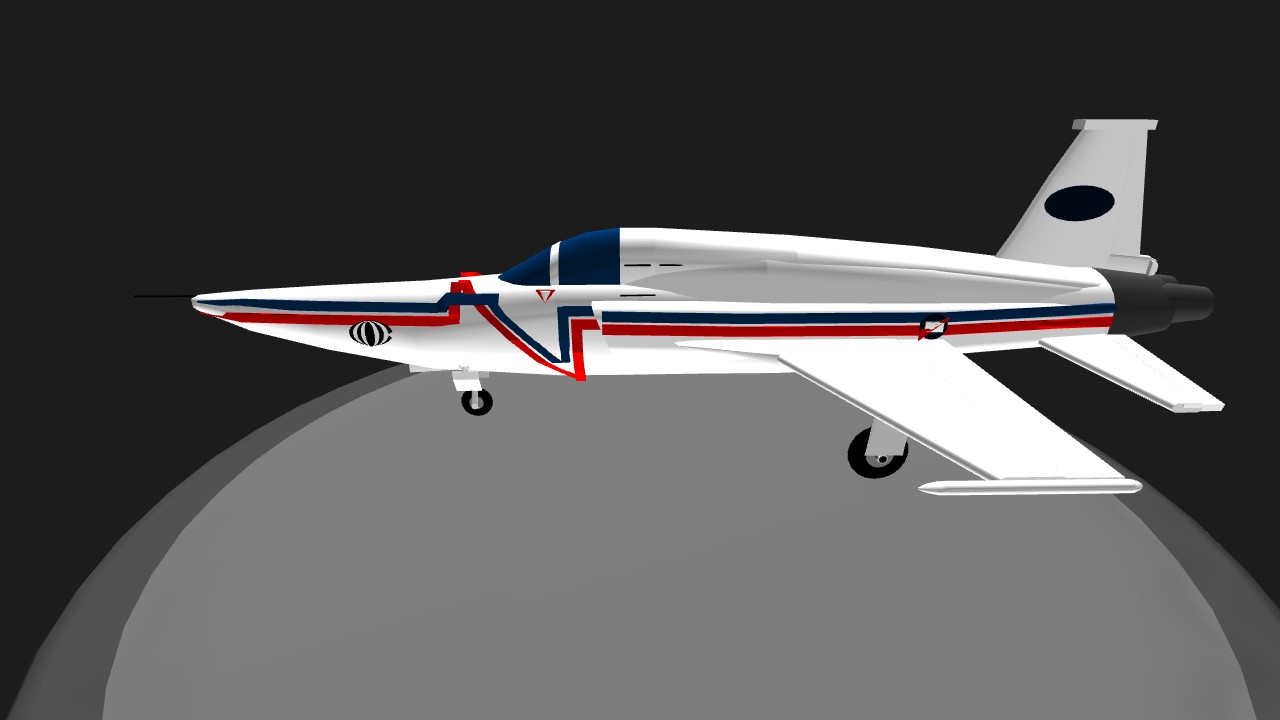
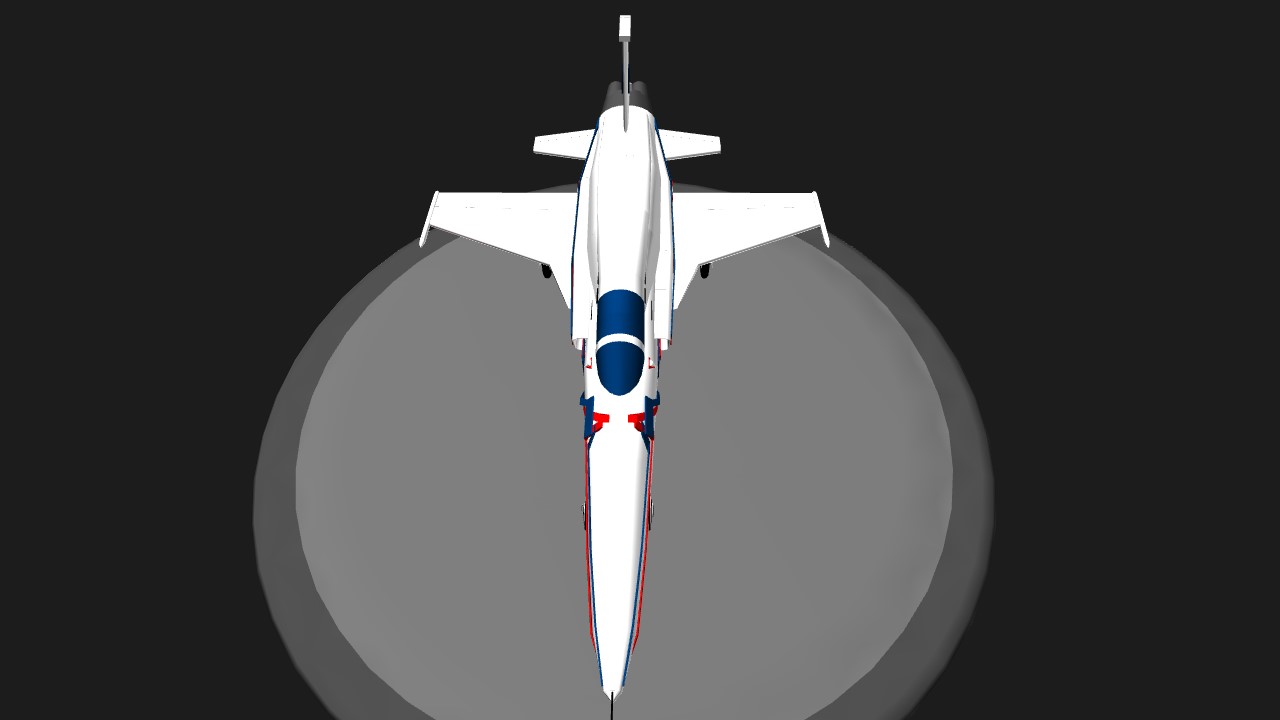
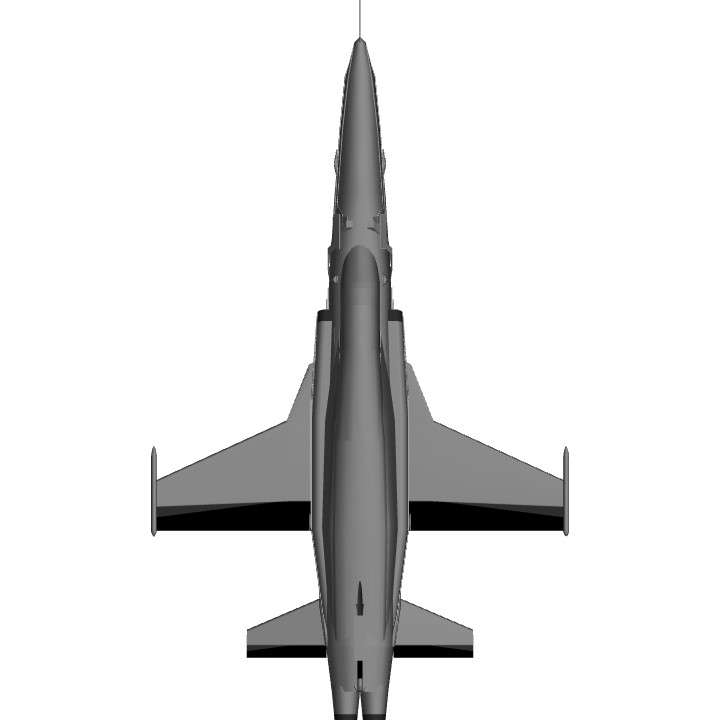
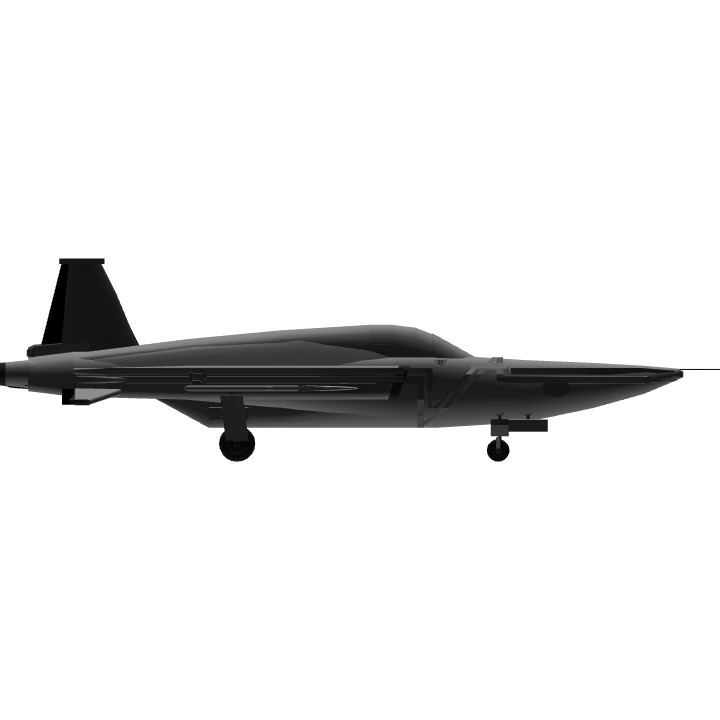
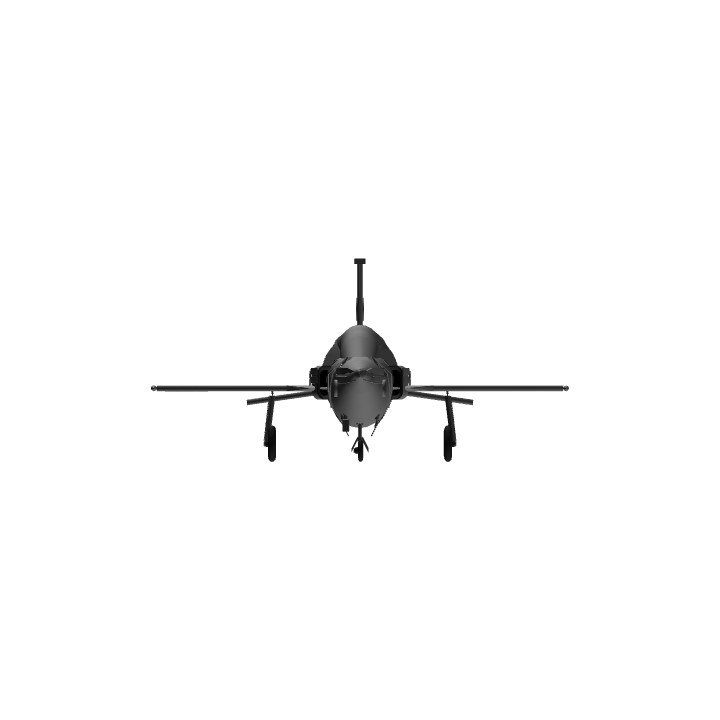
Thanks @RailfanEthan
Sweet beans
@CoolPeach @Franticmatty